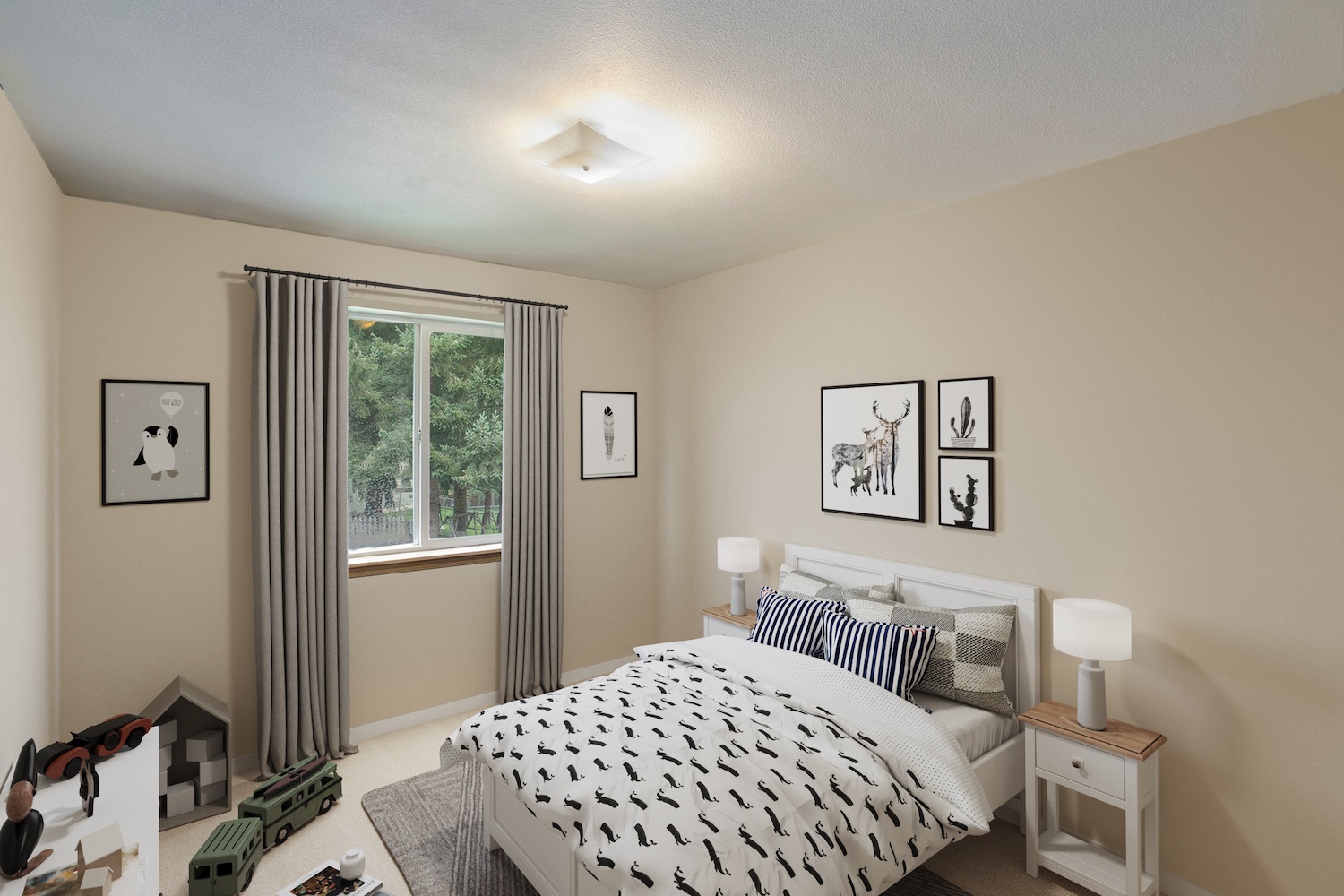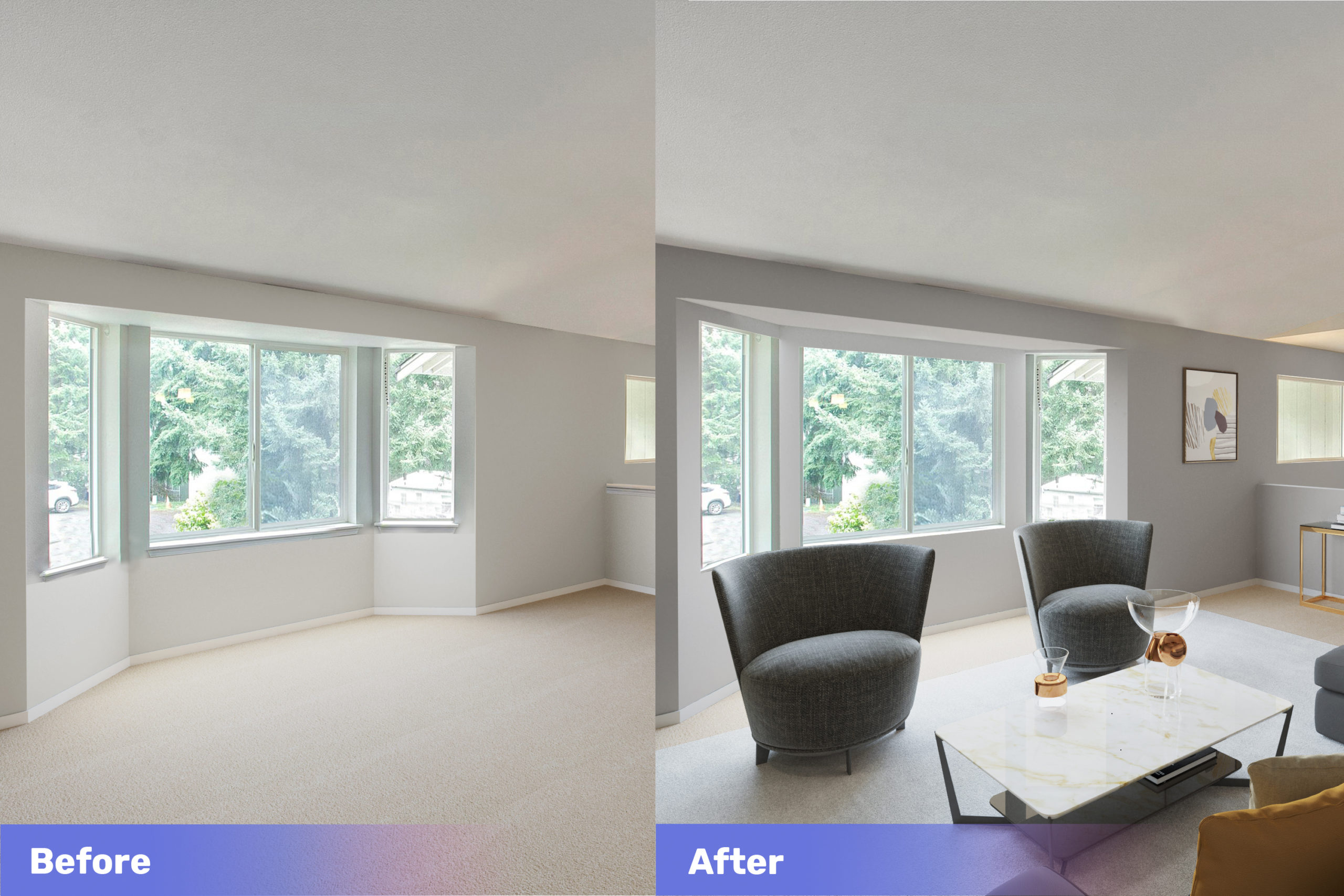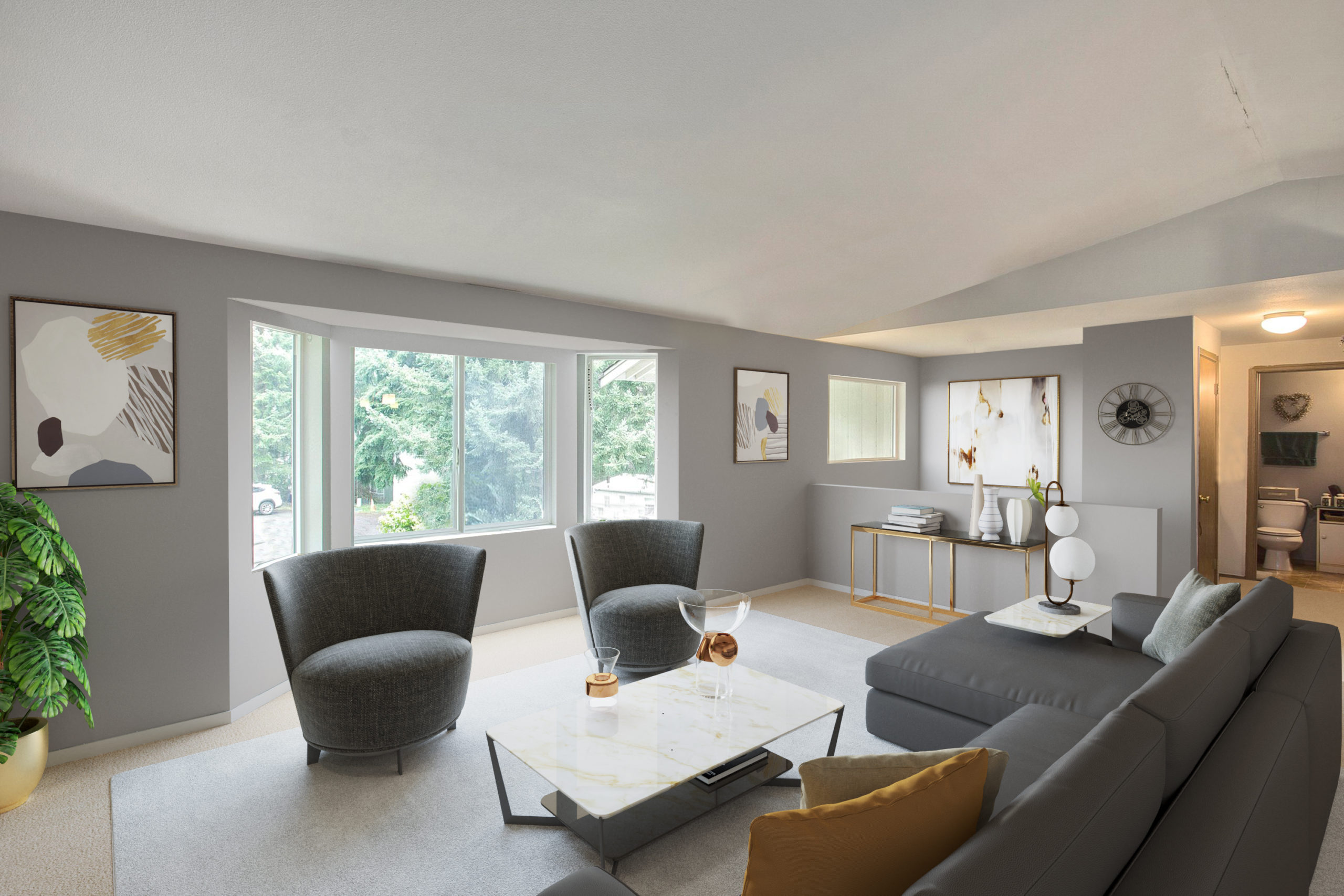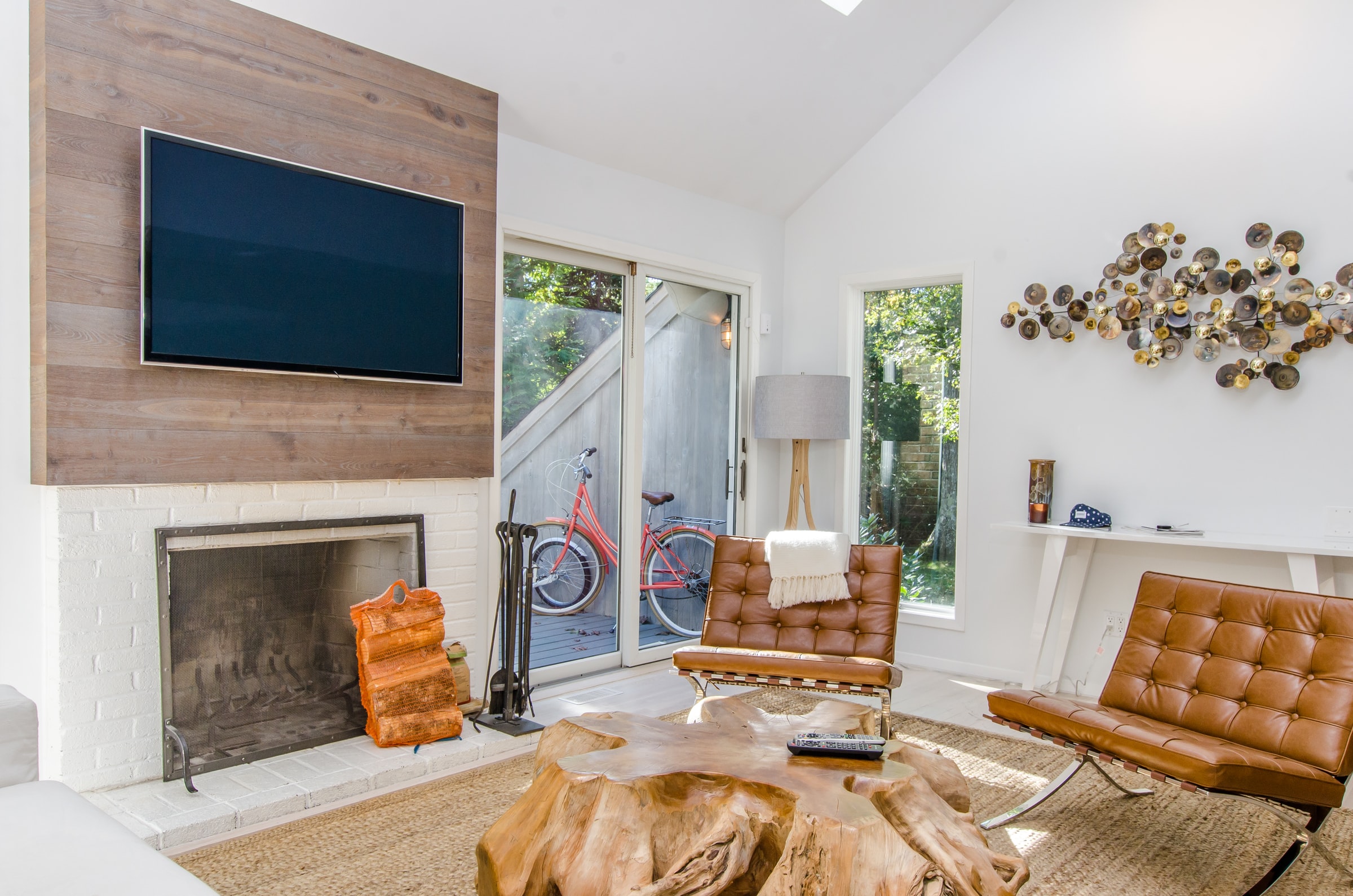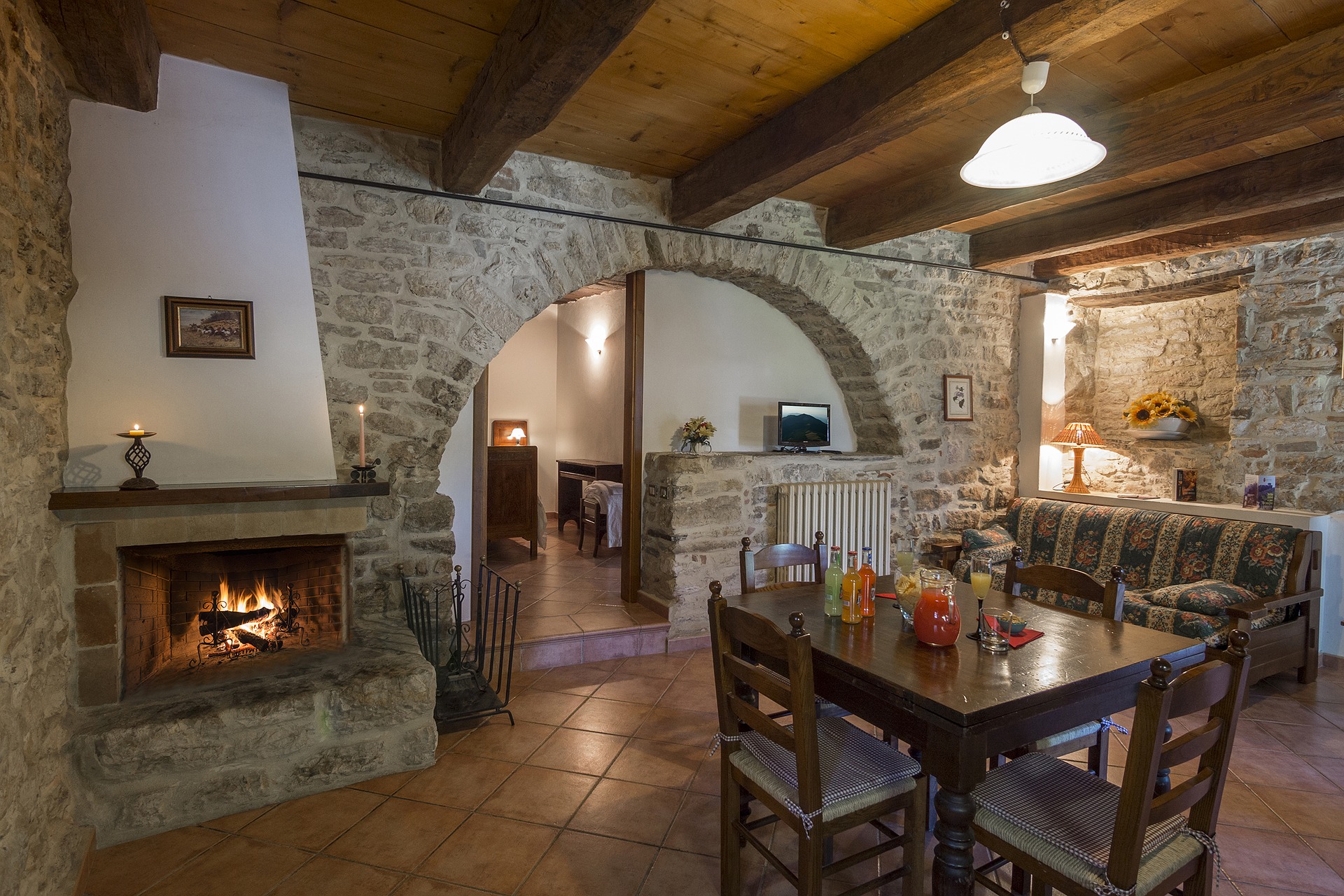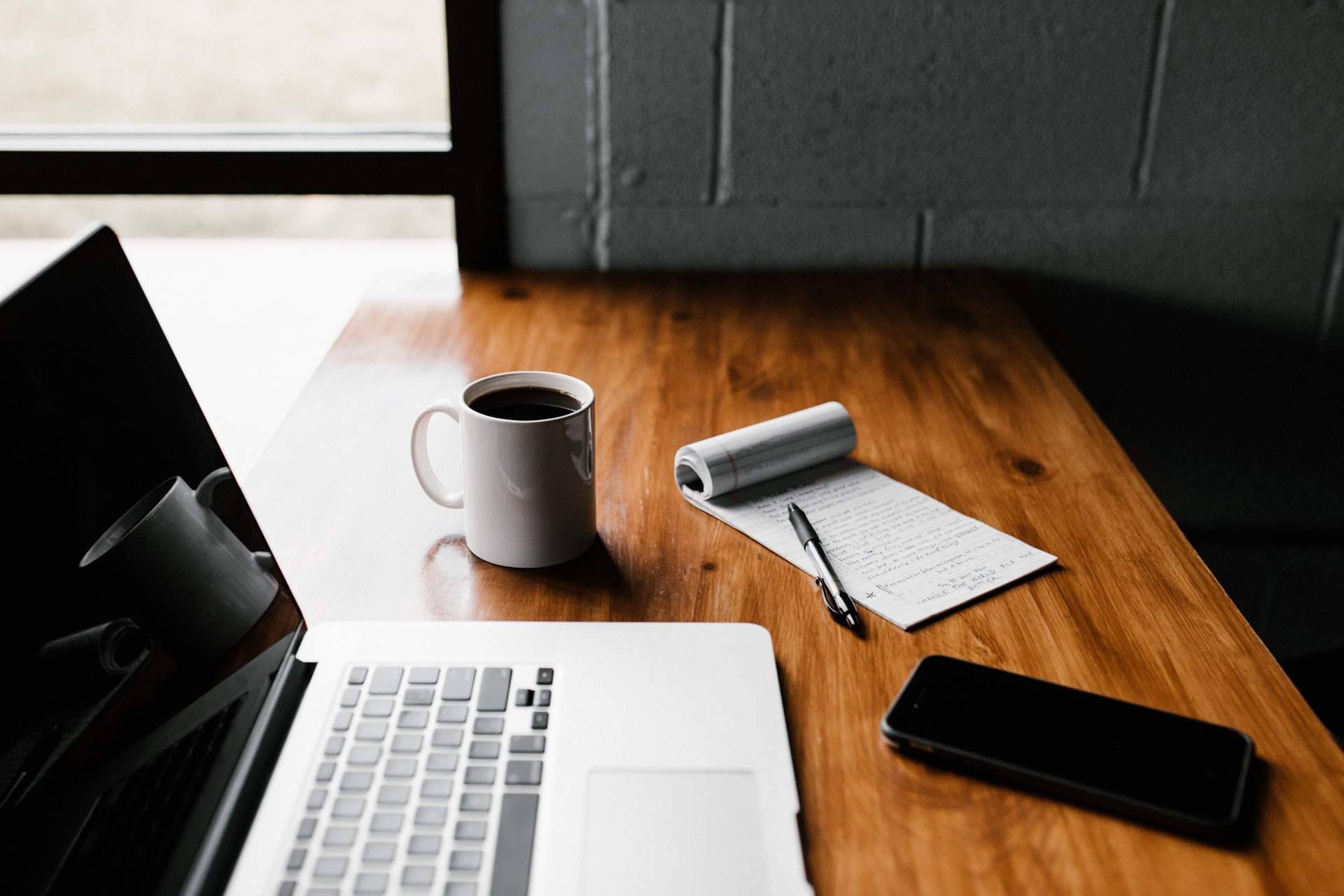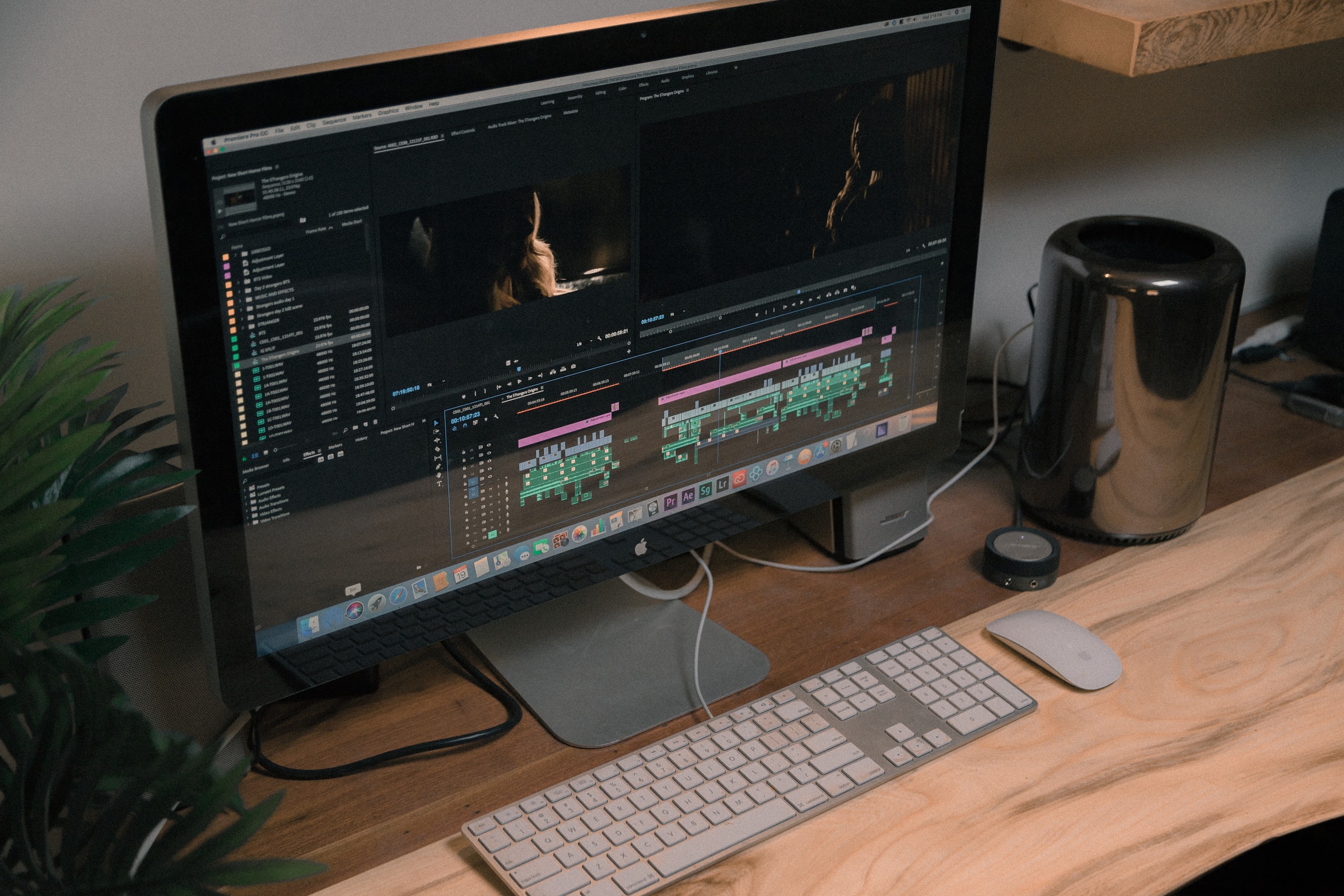The competitive real estate industry heavily-rely on visuals to sell houses and properties. Most customers prefer well-composed photographs that they can imagine living in. Beautiful real estate photos don’t happen by accident— a team of experts, including photographers and photo editors, conceptualized and worked in post-production to enhance those images.
If your company already has an in-house photographer, it’s better to collaborate with an editing company or a freelance editor. Most photo editors have niche specializations such as real estate photo editing, primarily dedicated to property listings or promotional purposes.
[lwptoc]
TL;DR: Here are some tips for effectively cooperating with a photo editing specialist:
Collaboration Tips in Real Estate Photo Editing
1. Contact a reliable company or freelancer
First of all, make sure that you are contacting a reliable photo editing expert. You might need a whole team or just one person depending on the amount of work necessary within a specific period. Your requirements and budget will ultimately decide what kind of help you should get.
Here are some of the ways you can check the editor’s competence:
- Look for certificates or experience as property photo editors.
- Verify the track record of satisfied clients.
- Assess their editing portfolio styles to see if they match with what you’re looking for.
- Check the conversion or results of their real estate property images.
- Consider the work ethic.
There are pros and cons to hiring a company as opposed to hiring a freelancer. If you want something more advanced, you can check alternative options such as virtual home staging solutions.
2. Communicate your standards and roles clearly
Varying expectations are some of the problems you encounter when dealing with real estate photo editor companies or freelancers. There may be standards or principles that you expect your employees or contractors to adhere to, and the best way to avoid conflict is to address these beforehand.
Here are some tips on what you should do at the start of a project:
- Set goals and deadlines for each deliverable.
- Ensure that everyone understands their part in the process.
- Visualize the entire workflow so that members know whom they are working with and whom to ask for questions or more information
- Illustrate a project timeline to check for possible bottlenecks or inefficient processes.
Successful collaboration depends entirely on your ability to interact and set working expectations from every group member. Photographers, editors, managers, and other relevant members should understand their roles well before starting.
3. Segregate communication channels
Group members need to be able to communicate with each other effectively. Photographers and editors should develop a collaborative atmosphere so that real estate photography projects can succeed. Everyone should be comfortable enough to voice out their professional opinions.
Here are some tips for moderating project communications between real estate photographers and editors:
- Create separate communication channels to broadcast specific concerns such as updates, discussions, personal opinions, project bottlenecks, resources, and other relevant divisions.
- Keep the respective channels focused on their dedicated topic/s.
- Encourage proper communication from all parties, and not just one-way announcements.
- Resolve conflicts as soon as they arise.
Channels with chatbots or helpers can improve communication efficiency and time management, so make sure you check out what options are available for you.
4. Ask for feedback from other people
Art forms are often subjective. What looks good to one person may not necessarily comply with current industry standards. There is no single right way to accomplish real estate photo editing, so it’s essential to show your output to many different and relevant people.
However, you should limit your audience to those interested in purchasing your real estate properties. Here are some examples of people you should ask for feedback:
- Property buyers or previous customers.
- Renters or tenants.
- Company decision-makers.
- Potential partners.
Open your real estate images to constructive criticisms so that you can establish beneficial short-term and long-term changes. It would help if you could face differences in opinion, especially as buyer preferences evolve.
5. Use home staging technologies
The good thing about doing business in the 21st century is the presence of accessible, innovative, and ever-changing technology. Some processes within the project workflow may take more time than necessary, so it’s crucial to automate your processes.
For example, you are selling more than one house with similar dimensions and interior designs. You can have your monotonous and similar photos edited with virtual home staging technologies to create variations without spending more money on traditional home staging.
Here are some of the things you can improve with virtual staging technology:
- Remove unappealing elements or characteristics.
- Add unique touches.
- Improve current layout, and show alternate designs.
- Show clear perspective and dimensions.
If several homes in a particular area have been in the market for a while, traditional lighting and texture edits may not be sufficient. You might need to reimagine the photos with the help of virtual staging software and products.
Ideal Real Estate Photo Editor Characteristics
Aside from the obvious technical requirements, the project would flow better if you worked with an editor with an inherent passion for home photography editing, teamwork, and task accountability attributes. An editor should also have a keen eye for details and practical team communication skills.
Check out other in-demand property photo editor characteristics.
If you want to deal with a system instead of a person, the ease of access and ability to accomplish client and company demands would be your top considerations. You can opt for virtual home staging and other digital imaging or enhancement programs if you don’t want to go through all the trouble of hiring and training an editor.
Conclusion
Real estate is still competitive in 2021, and visuals will make a considerable difference in how well your properties sell. If you feel like your outdoor and indoor property shots are underwhelming due to lighting or the weather, you should contact a professional real estate photo editor to retouch or add flair to your images. A reliable, professional virtual staging could also help ease your editing processes.

